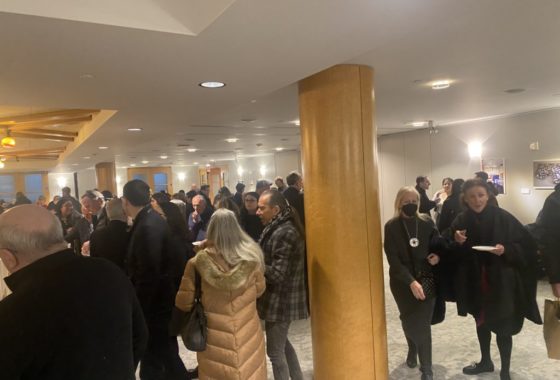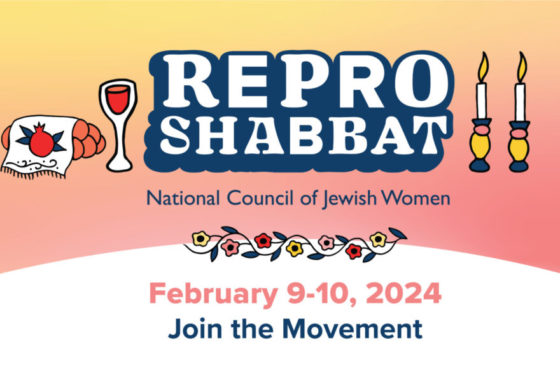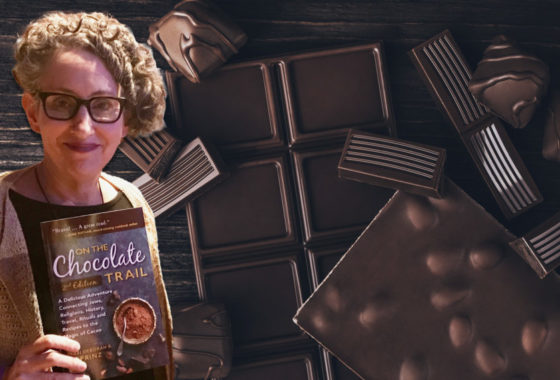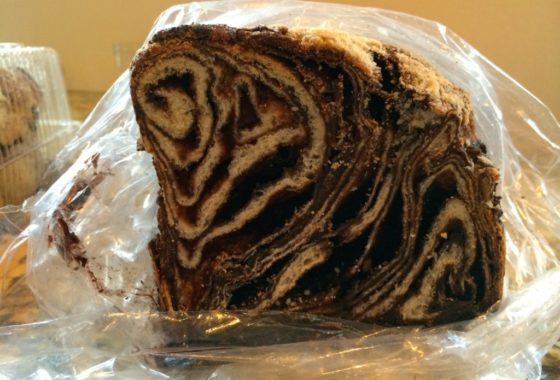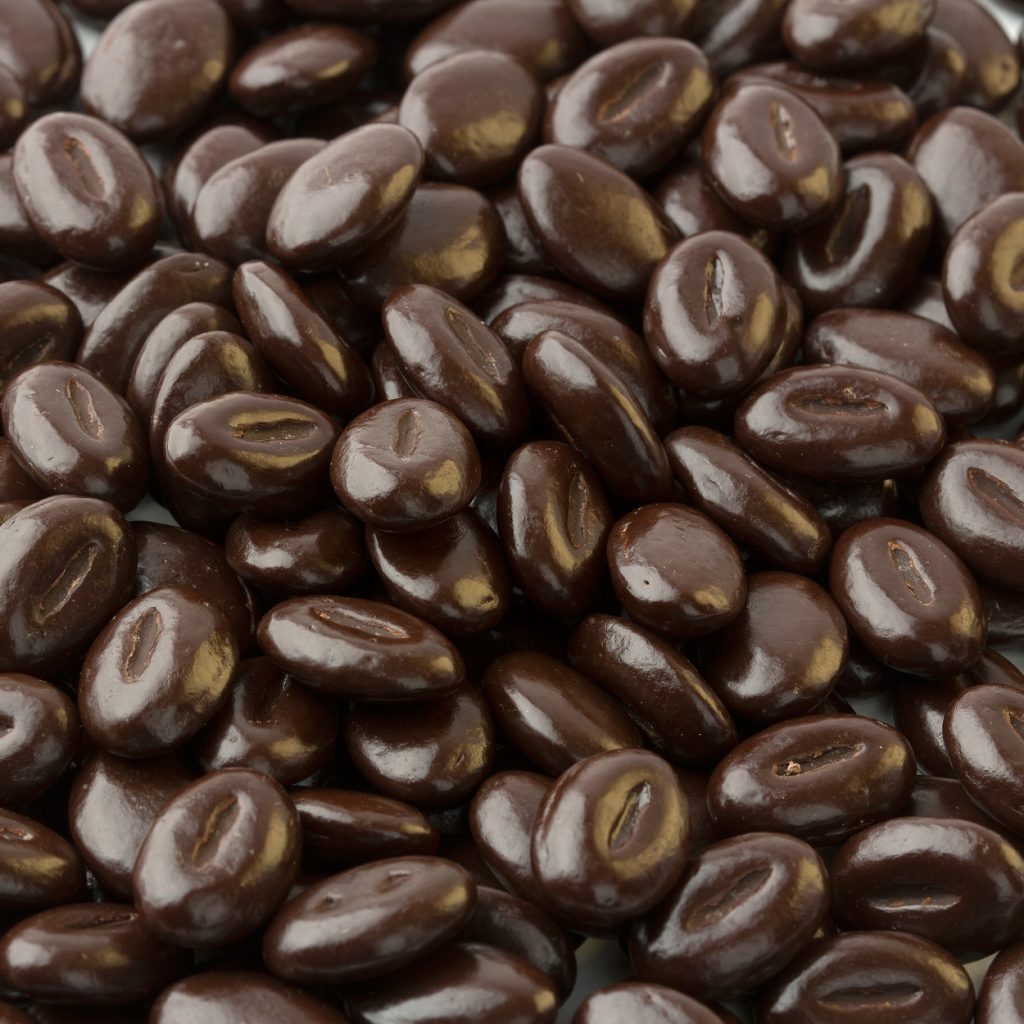
Is that coffee or chocolate?
Having just eaten my daily portion of chocolate covered coffee beans, I am primed to consider the questions I hear about coffee when I teach on the chocolate trail. How do the two foods really differ, other than taste? I think back to when the layout for On the Chocolate Trail was being designed and the publishing team offered up images of coffee beans instead of cocoa beans. The beans do look similar, as below, and that understandable mistake was fixed. And, then, just the other night an audience member asked about chocolate and coffee both being exported from the port of Mocha. That may not be the case since chocolate did not originate near Yemen, the location of Mocha, see the chart. Indeed, chocolate preceded coffee and tea to Europe. And, both stimulant drinks did help Europeans transition from dependence on beer to avoid unhygienic water. Now coffee far outstrips sales of hot chocolate. The chart below offers up some of the differences in growing, processing, and history.
| Coffee | Chocolate |
|---|---|
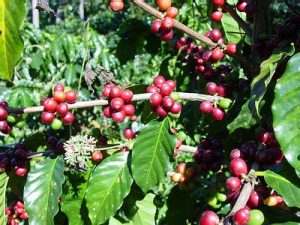 |  |
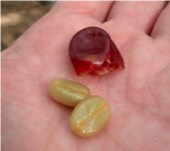 |  |
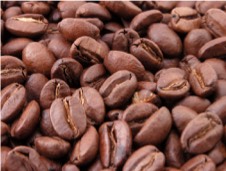 | 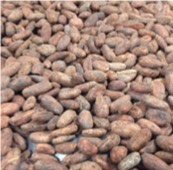 |
| Plant originates in Ethiopia according to legend, was commercially developed in Yemen, then the drink spread to Mecca, Cairo, the broader Middle East, Italy & elsewhere | Originates in South America, likely Ecuador, then travels north to Central America & further |
| First confirmed use is 15th c. at Sufi monasteries in Yemen | First evidence of use is 5300 years ago |
| Grows 23º north and south of the Equator. Some types prefer high altitudes, some may be grown at sea level. Terroir is an important factor. | Grows 20º north and south of the Equator. Terroir influences the taste. |
| Pit found within a "cherry" or berry generally containing two seeds on an evergreen shrub or bush | Cacao seeds are found within the pulp of pods on the cacao tree |
| Processing could be by dry or wet method include drying, hulling, roasting, and grinding | Requires fermentation, drying and roasting, shelling, winnowing, and grinding |
| To create eating chocolate processing involves conching, tempering, and molding | |
| Several types of Arabica and Robusta | Types were generally known as Criollo, Forastero, Trinitario, and Nacional; today, experts consider at least ten types, with dozens of genetic varieties |
| Infusion drink | Suspension drink |
| Arrives in Europe in mid-17th century | Arrives in Europe at the end of the 16th century |
Of course coffee and chocolate make for a delicious combination. Perhaps it is no surprise that they were respectively sold at the first English coffee house in Oxford, England, then at coffee houses everywhere, as today. The Italians of Turin developed a decadent layered bicerin drink of chocolate, coffee, and cream. When the Boston Tea Party destroyed shipments of tea to protest British tea taxes in 1773, chocolate and coffee became preferred, politically correct drinks. We may never know with certainty when mocha came to refer to a coffee/chocolate mix. Thankfully, we can enjoy it not only in our beverages but also in sweets.
Recent Posts
-
Sweet Treat: Chocolate and the Making of American Jews
You may wonder: how did chocolate help define American Jews? Through chocolate, we see that Jews were part of America since its earliest days. Well, since 1701 at least, Jews in the Colonies made part of their living through chocolate. Several Sephardim, leaders of their New York and Newport Jewish and secular communities, participated in
Read more › -
How About Some Uterus Challah?
When Logan Zinman Gerber felt enraged about the loss of reproductive rights in the U.S., she baked challah. Not any challah. She shaped it into a uterus. It wasn’t long after the birth of her daughter that Gerber, a longtime challah baker and staff member of the Religious Action Center of the Reform movement, considered
Read more › -
A Manhattan synagogue explores the rich, surprising history of Jews and chocolate
I’m grateful for this story written by Rachel Ringer, published at JTA/NY Jewish Week on December 20, 2023: (New York Jewish Week) — In 2006, Rabbi Deborah Prinz was on a trip to Europe with her husband, Rabbi Mark Hurvitz, when they wandered into a chocolate shop in Paris. While meandering about the store, Prinz picked
Read more › -
Exhibit Opens! Sweet Treat! Chocolate & the Making of American Jews
Sweet Treat is a delicious gastronomic adventure into the history and resilience of American Jewish chocolate making. This exhibition invites you to follow the chocolate trail to America, a scrumptious journey through time and place. Chocolate gives us a lens to understand Jewish migration, as the chocolate trade parallels the migrations of the Jewish
Read more ›
Some Previous Posts
(in alphabetical order)
- "Boston Chocolate Party" Q&As with Deborah Kalb
- 2022 Media for The "Boston Chocolate Party"
- About Rabbi Deborah Prinz
- Baking Prayers into High Holiday Breads
- Boston Chocolate Party
- Chocolate Chip Politics
- Digging into Biblical Breads
- For the Easiest Hanukah Doughnuts Ever
- Forthcoming! On the Bread Trail
- Funny Faced Purim Pastries
- Good Riddance Chameitz or, The Polemics of Passover's Leaven
- Injera*
- Israeli Chocolate Spread
- Jewish Heritage Month: Baseball & Chocolate!
- Matzah - But, the Dough Did Rise!
- Plan a Choco-Hanukkah Party: 250th Anniversary Tea Party
- Prayers Into Breads
- To Shape Dough: A Trio of Techniques
- Why Is Challah On My Matzah Box?
